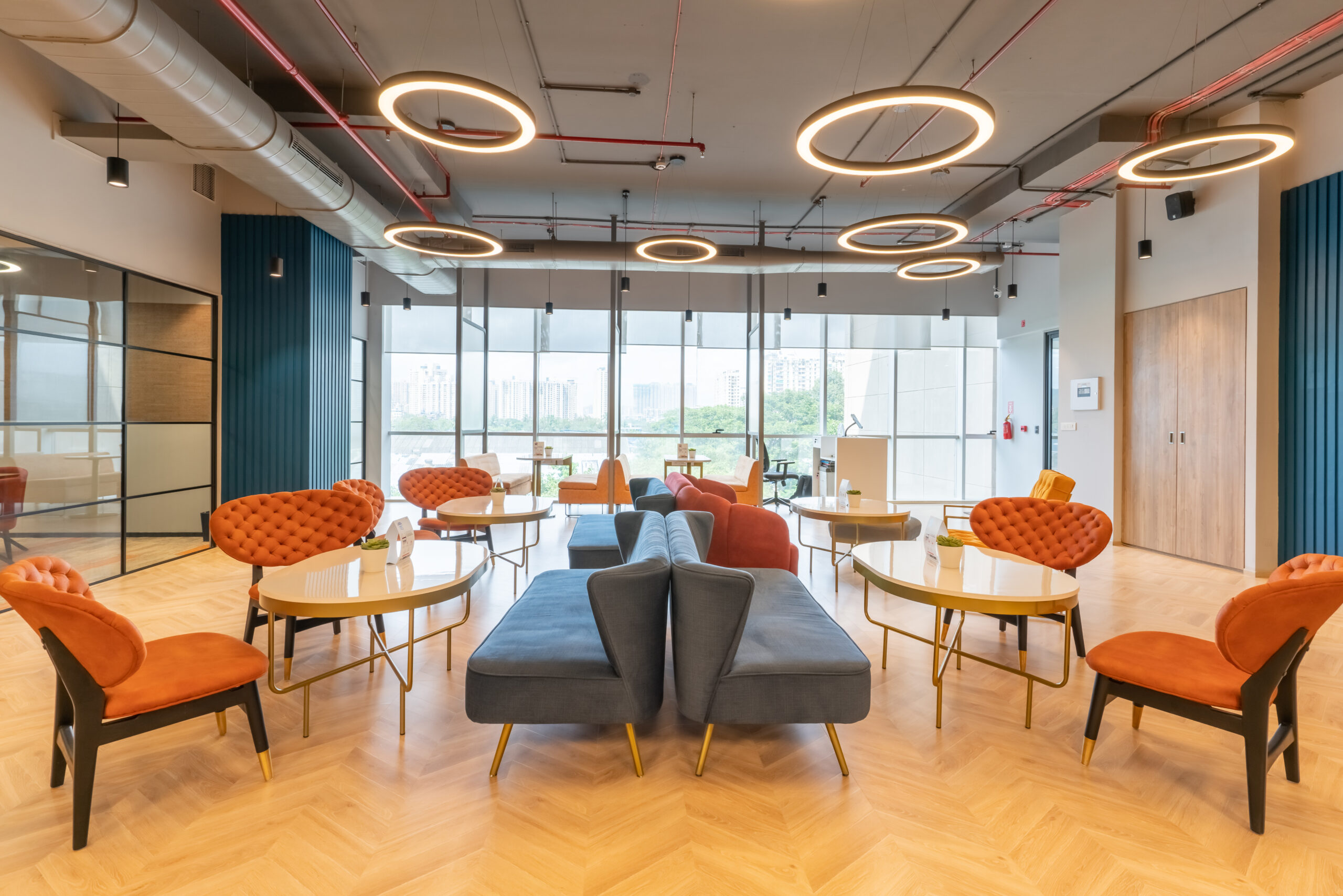Over the last decade, coworking has evolved from a novel idea into a widespread movement, especially in India’s metro cities. What began as a niche solution for freelancers and startups has now become a mainstream preference for large enterprises, remote teams, and even solopreneurs. In metro hubs like Delhi, the shift towards shared office spaces is particularly noticeable. The question is—is coworking in metros just a rising trend, or is it the new normal?
Let’s dive into how coworking is transforming urban work culture and why cities like Delhi are leading this flexible workspace revolution.
The Metro Mindset: Why Coworking Appeals to Urban Professionals
Metro cities are marked by fast-paced lifestyles, high real estate costs, and a diverse working population. In this environment, coworking spaces offer a practical and efficient solution to many urban work challenges:
– Cost Efficiency: Renting a traditional office in Delhi’s business districts can be extremely expensive. A coworking space in Delhi provides all essential amenities at a fraction of the cost.
– Flexibility: Coworking allows individuals and businesses to scale up or down based on need.
– Networking Opportunities: Sharing space with professionals from various industries opens doors to collaborations and partnerships.
– Access to Prime Locations: Coworking providers have properties in strategic locations like Connaught Place, Nehru Place, and Saket.
Coworking in Delhi: A Closer Look
The capital city is one of the most prominent coworking hubs in India. From freelancers to MNCs, coworking in Delhi has become the preferred choice for those who value efficiency, community, and innovation.
Popular coworking hotspots in Delhi include:
– Connaught Place: Ideal for those who want a central location.
– Saket and Nehru Place: Popular with tech companies and startups.
– Okhla and Jasola: Emerging hubs for enterprises and creative agencies.
The variety of coworking spaces in Delhi caters to different professional needs—open desks, private cabins, enterprise-grade managed offices, and virtual office solutions.
How the Pandemic Changed the Perception of Coworking
Before 2020, coworking was largely seen as a hip, millennial-driven concept. The pandemic, however, reshaped how businesses view their office needs. With remote and hybrid models becoming the norm, coworking spaces emerged as the perfect middle ground.
Key post-pandemic shifts include:
– De-densified Workspaces
– Rise of Distributed Teams
– Focus on Wellness and Community
Large Enterprises Embrace Coworking
One of the most telling signs that coworking is the new normal is its adoption by large corporations. Companies like Google, Microsoft, and Deloitte are now using coworking solutions to:
– Test new markets without heavy investment
– Offer flexible workspaces to distributed teams
– Foster innovation through proximity to startups and creators
Is Coworking Here to Stay?
All signs point to yes. According to recent industry reports, the demand for coworking is expected to grow by 20–30% year-on-year in India’s metro cities. The reasons are clear:
– Urban density and real estate prices
– Hybrid work is becoming the norm
– Growth of startups and freelancers
Conclusion
The evolution of coworking in Delhi and other metros reflects a broader shift in how we view workspaces. What started as a cost-effective alternative has now become a preferred choice for professionals of all types.
So, is coworking in metros a rising trend or the new normal? The answer is clear—it’s the new normal. And with cities like Delhi leading the charge, the future of work looks more flexible, dynamic, and community-driven than ever before.








